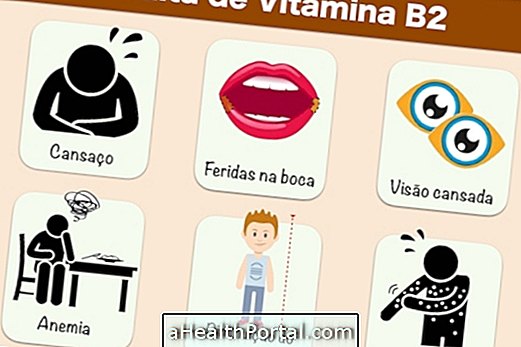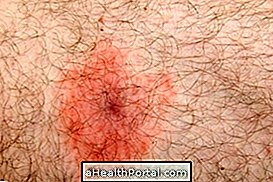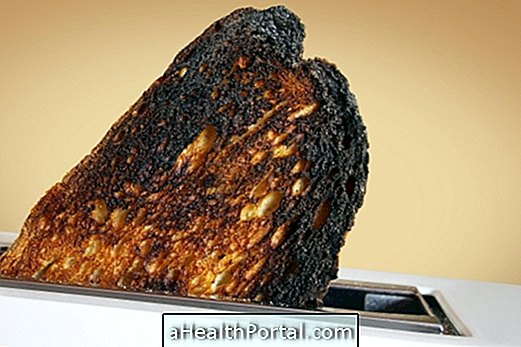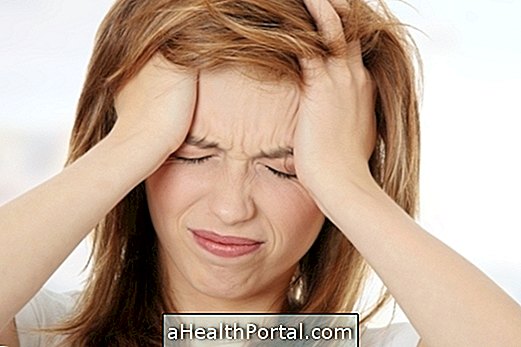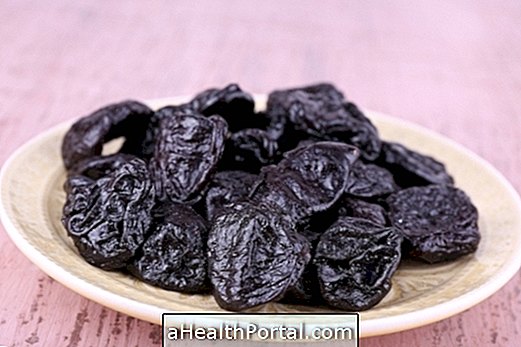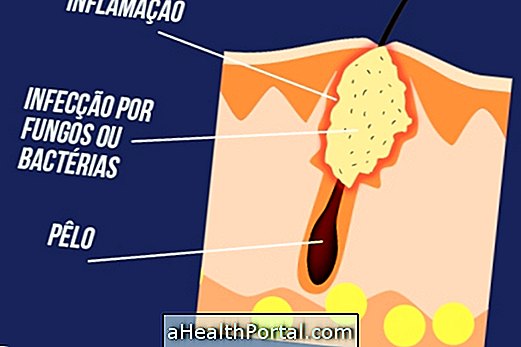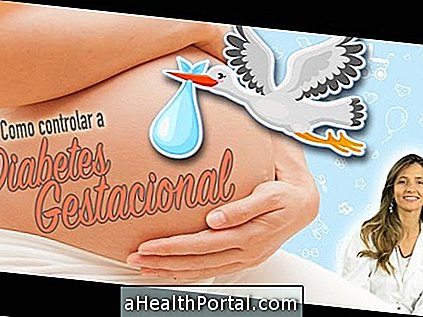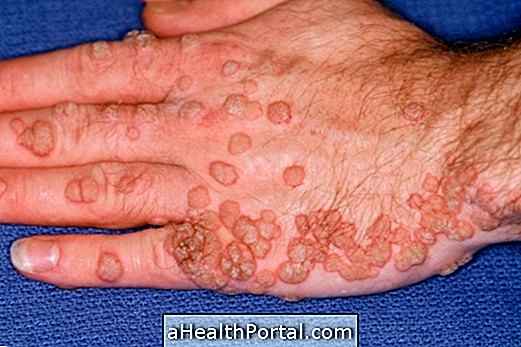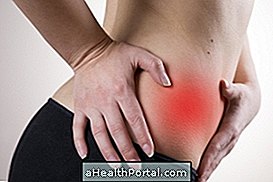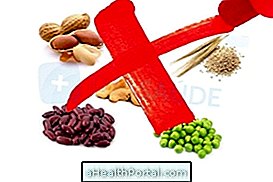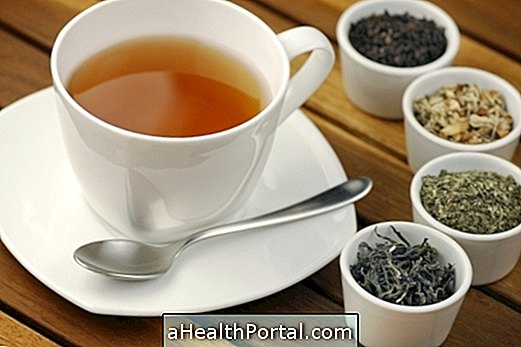Left chest pain can be a sign of heart problems and, therefore, it is very common that, when it arises, the person thinks he may be having a heart attack. However, this type of pain can also indicate less serious problems, such as excess intestinal gas, reflux or an anxiety attack, for example.
When the pain is very intense and associated with other symptoms such as feeling short of breath and tingling in the left arm or does not improve after a few minutes, it is advisable to go to the hospital to have an electrocardiogram and rule out some type of heart problem, especially in the elderly or people who have a chronic illness, such as high blood pressure, diabetes or high cholesterol.

The following explains the most common causes for the appearance of pain on the left side of the chest, and what to do in each situation:
1. Excessive gases
The accumulation of intestinal gases is one of the most frequent causes for the appearance of pain in the chest area. This type of pain is more common in people who suffer from constipation and usually manifests itself as a slight discomfort that lasts for a few minutes or hours, but which can be relieved when the person releases gas or defecates.
This type of pain tends to appear isolated and is not accompanied by other symptoms, and only in some people, a slight swelling of the belly and the presence of intestinal sounds may be observed.
What to do: to relieve pain, an abdominal massage can be done to stimulate the release of gases. In addition, lying on your back and pressing your legs against your belly can also help to release trapped gases and decrease discomfort. See other strategies to eliminate intestinal gas.
2. Anxiety or panic attack
Situations of great anxiety or panic attacks can cause the appearance of chest pain that is very similar to a heart attack, but which, unlike a heart attack, is a mild stabbing pain instead of tightness or pressure in the heart. In addition, it is common for a person with an anxiety attack or panic attack to feel tingling throughout the body and not just the arm.
In addition, anxiety and panic attacks usually arise after a time of great stress, such as having argued with someone, for example, while the heart attack may appear for no reason. Check out other symptoms of anxiety and how to distinguish from heart attack.
What to do: when an anxiety attack or panic attack is suspected it is important to look for a quiet place and try to relax, listening to music or having a tea of passionflower, valerian or chamomile, for example. If you are being treated with some type of anxiolytic, you can take a dose of SOS prescribed by the doctor.
However, if the pain continues to be very severe after 15 minutes and if you are suspicious of a heart attack, the ideal is to go to the hospital because, even if it is just anxiety, there are treatments that can be done in the hospital to relieve this discomfort.
3. Gastroesophageal reflux
Another very common situation for the appearance of pain on the left side of the chest is gastroesophageal reflux, as this is a condition that causes stomach acid to rise to the esophagus and, when that happens, it can cause involuntary contractions of the esophagus, which they generate a pain that can be felt in the chest.
Along with the pain, other characteristic symptoms may also appear, such as a feeling of bolus in the throat, heartburn, burning in the stomach and chest pain on the left side, for example.
What to do: A good way to relieve pain caused by reflux is to drink ginger tea, as it helps to reduce inflammation. However, people with reflux must also make some dietary changes and may even need to use some medications such as antacids and gastric protectors. Ideally, treatment should be indicated by a gastroenterologist, after confirming the diagnosis with tests such as endoscopy. See the main ways used to treat reflux.
4. Angina pectoris
Angina pectoris, or angina pectoris, is a condition that happens when there is a decrease in the blood flow that reaches the heart muscle, leading to the appearance of chest pain on the left side that can last between 5 to 10 minutes and radiate to the arm or neck.
This type of condition is more common in people who have high blood pressure, who smoke or who have high cholesterol. Learn more about angina pectoris, its symptoms and treatment.
What to do: It is important to consult a cardiologist to do cardiac exams, such as the electrocardiogram, and confirm the diagnosis. Generally, angina should be treated with lifestyle changes and the use of some medications. When not properly treated, angina can result in serious complications such as heart attack, arrhythmia and even stroke.
5. Inflammation of the heart
In addition to angina, inflammation of the cardiac muscle or pericardium, known as myocarditis and pericarditis, respectively, are also an important cause of pain in the heart region. Usually, these conditions arise as a complication of some infection in the body, either by viruses, fungi or bacteria, which is not being treated properly.
When there is inflammation of some heart structure, in addition to pain, other symptoms such as irregular heartbeat, dizziness and shortness of breath are common.
What to do: Whenever there is a suspicion of a heart problem, it is very important to go to the hospital quickly or consult a cardiologist.
6. Heart attack
Infarction is an emergency situation that can be life-threatening. For this reason, whenever there is a suspicion of a heart attack, it is very important to go quickly to the hospital to confirm the diagnosis and start the appropriate treatment.
Infarction is more common in people with uncontrolled high blood pressure, untreated diabetes, high cholesterol or who have unhealthy lifestyles, such as smoking, not exercising and being overweight.
The classic symptoms of a heart attack include very severe pain in the left side of the chest, in the form of tightness, tingling in the arm, feeling of shortness of breath, coughing and even fainting. Check out the 10 signs that may indicate a heart attack.
What to do: in case of suspected heart attack, you should immediately call for medical help, calling SAMU 192, or go quickly to the hospital, trying to keep the person calm to avoid aggravating the symptoms. If the person has never had a heart attack and if they are not allergic, 300 mg of aspirin, equivalent to 3 tablets of ASA, can be offered to thin the blood. If the person has a history of heart attack, the cardiologist may have prescribed a nitrate pill, such as Monocordil or Isordil, to be used in emergencies.
Was this information helpful?
Yes No
Your opinion is important! Write here how we can improve our text:
Any questions? Click here to be answered.
Email in which you want to receive a reply:
Check the confirmation email we sent you.
Your name:
Reason for visit:
--- Choose your reason --- DiseaseLive betterHelp another personGain knowledge
Are you a health professional?
NoMedicalPharmaceuticalsNurseNutritionistBiomedicalPhysiotherapistBeauticianOther
Bibliography
- MARI, Amir et al. Bloating and Abdominal Distension: Clinical Approach and Management. J Evid Based Complementary Altern Med. Vol.21, n.2. 154-159, 2016
- BRAZILIAN SOCIETY OF DIGESTIVE MOTILITY AND NEUROGASTROENTEROLOGY. Intestinal Gases. 2019. Available at:. Accessed on 03 Dec 2019
- American Psychiatric Association. Diagnostic and statistical manual of mental disorders. 5.ed. Portugal: Climepsi, 2013.
- PORTUGUESE SOCIETY OF GASTROENTEROLOGY. Gastro-oesophageal reflux disease: clinical guidelines. 2012. Available at:. Accessed on 02 Oct 2019
- JUNIOR, Luiz João A. Gastroesophageal reflux disease. JBM. Vol 102. 6th ed; 31-36, 2014
- VIRTUAL HEALTH LIBRARY. Heart attack (infarction). Available in: . Accessed on 28 Apr 2020
- ST JOHN QLD. First aid for heart attack. Available in: . Accessed on 28 Apr 2020
- AMERICAN HEART ASSOCIATION. Understand Your Risks to Prevent a Heart Attack. Available in: . Accessed on 28 Apr 2020
